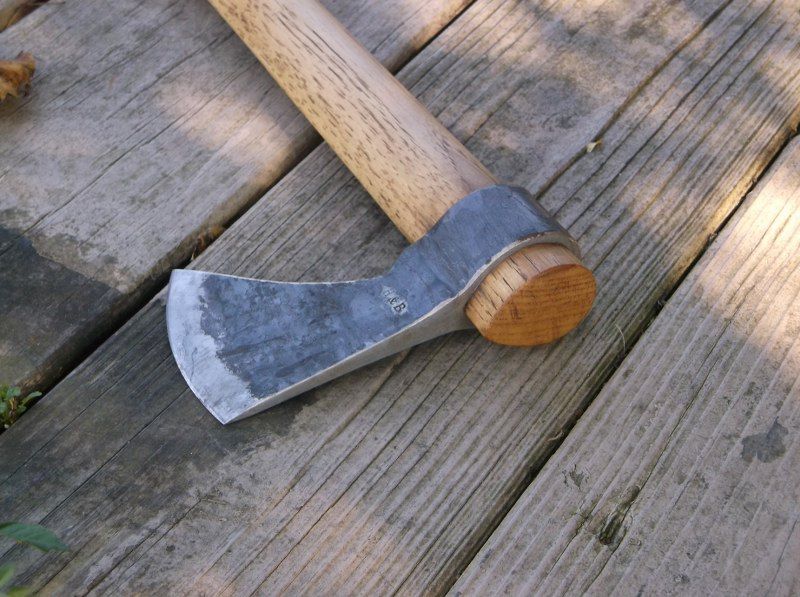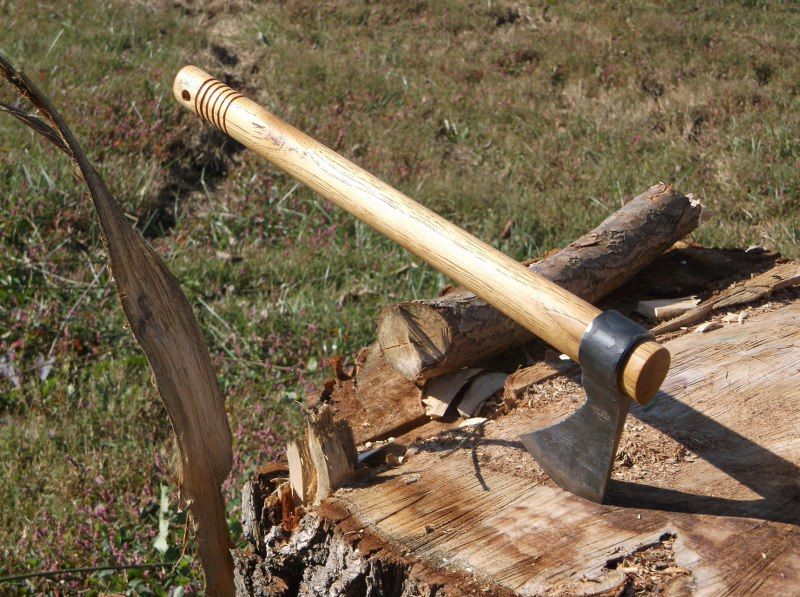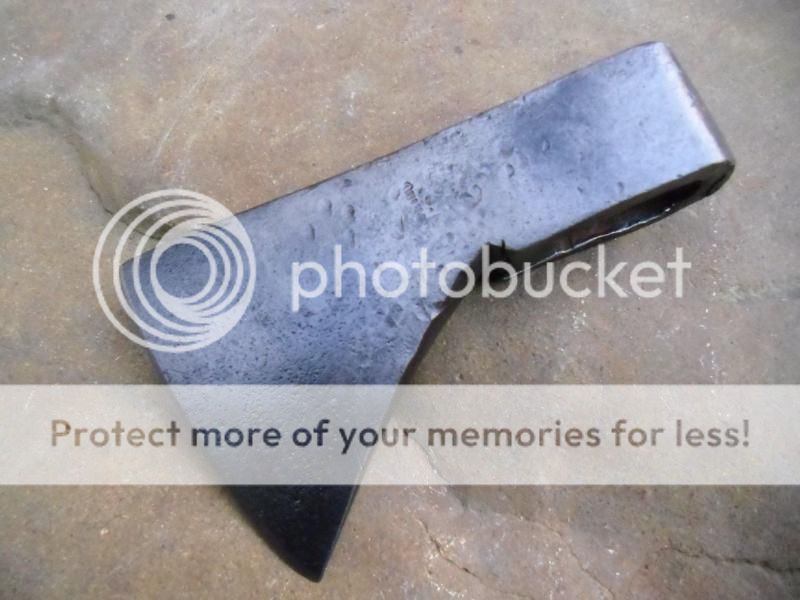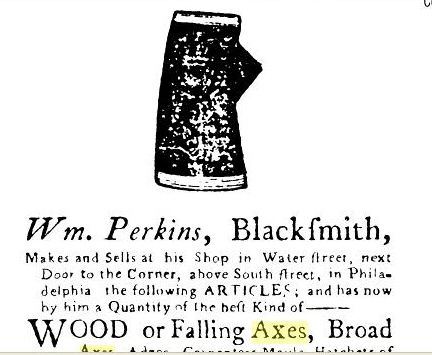Stophel
75 Cal.
- Joined
- Jul 8, 2005
- Messages
- 5,963
- Reaction score
- 869
I am an axe addict. I have almost as many axes as I have guns and knives. And I'm very interested in 18th century axes. REAL 18th century axes, that is. I feel sorry for anyone trying to study 18th century axes/tomahawks today. In this internet age, it's actually worse now than ever before. Go ahead, Google image search "18th century axe" or "18th century tomahawk" or any other similar terms. Fully 95% (or more) of what comes up ain't no 18th century axe. There is SOOOOO much manure from India and Africa being pushed as "authentic 18th century Indian trade axes". Along with this JUNK, there are scads of original condition and modified ice axes, fireman's axes, ice axes, turpentine axes, ice axes, box axes, ice axes, and numerous other late 19th-early 20th century specialty axes, lots of Eastern European axes, European carpenter's hatchets, 19th-20th century SOUTH American trade axes, and, of course, the ubiquitous shingle hatchet/lathe hatchet/carpenter hatchet/half hatchet. Grind out the nail puller notch, and viola! You have yourself a gen-u-wine 18th century Indian tomahawk! People have been doing it for a hundred years, with no signs of stopping. I do not believe the authenticity of ANY lathe hatchet type "tomahawk" I see, no matter whose collection it was in. The ONLY reliable sources are archaeological finds, and period images. Anything else, especially anything that doesn't match up to these two known sources, is just some old axe.
Fraud begets ignorance, and ignorance begets even more fraud. We have a LOT of fraud and ignorance in the world of 18th century axes/tomahawks. It's sad because if someone wants to know the truth, it's HARD to come across.
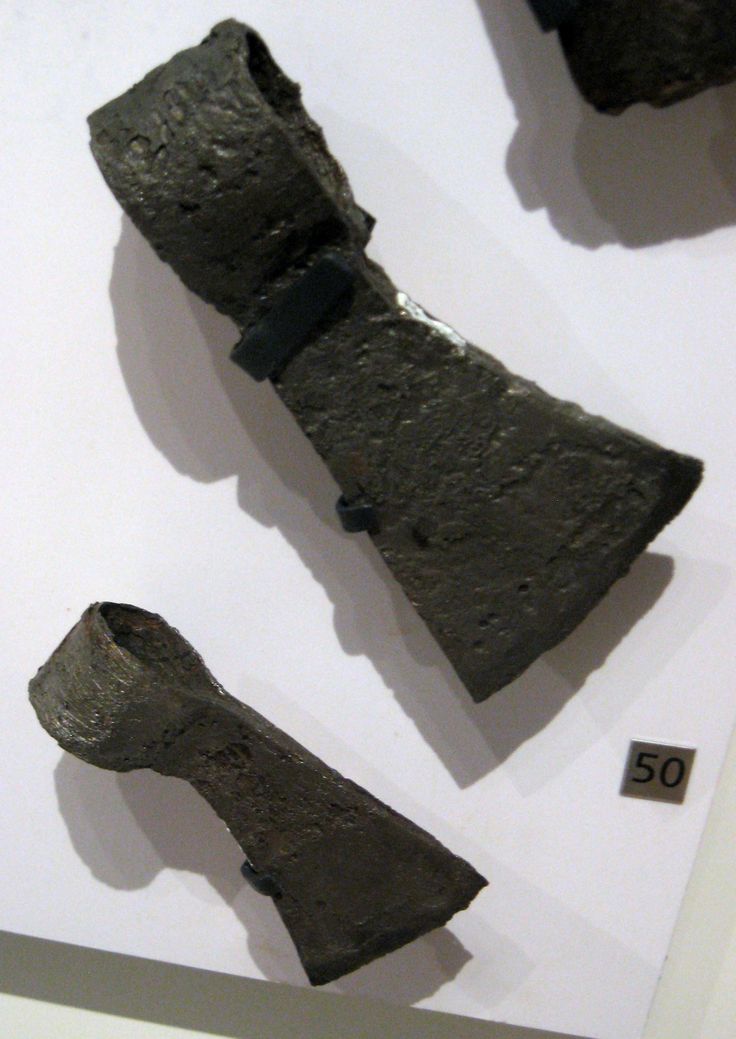
And the image is of a couple of actual early-mid 18th century French trade axes dug in Ontario.
I feel better now. :grin:
Fraud begets ignorance, and ignorance begets even more fraud. We have a LOT of fraud and ignorance in the world of 18th century axes/tomahawks. It's sad because if someone wants to know the truth, it's HARD to come across.

And the image is of a couple of actual early-mid 18th century French trade axes dug in Ontario.
I feel better now. :grin:




